Your Data.
Your Terms.
We help you unify, move, archive, or analyze your edtech data with our innovative Scaffold Platform.
Take Control Of Your Data
Too often, institutions are held back by siloed, outdated, or inaccessible data, making it difficult to manage, move, or fully leverage their enterprise systems. At K16 Solutions, we put you back in control.
With our Scaffold Platform, we move, archive, centralize, and streamline data from your LMS, SIS, CRM, ERP, and other systems—giving you clean, unified data at your fingertips, unlocking your institution’s full potential.
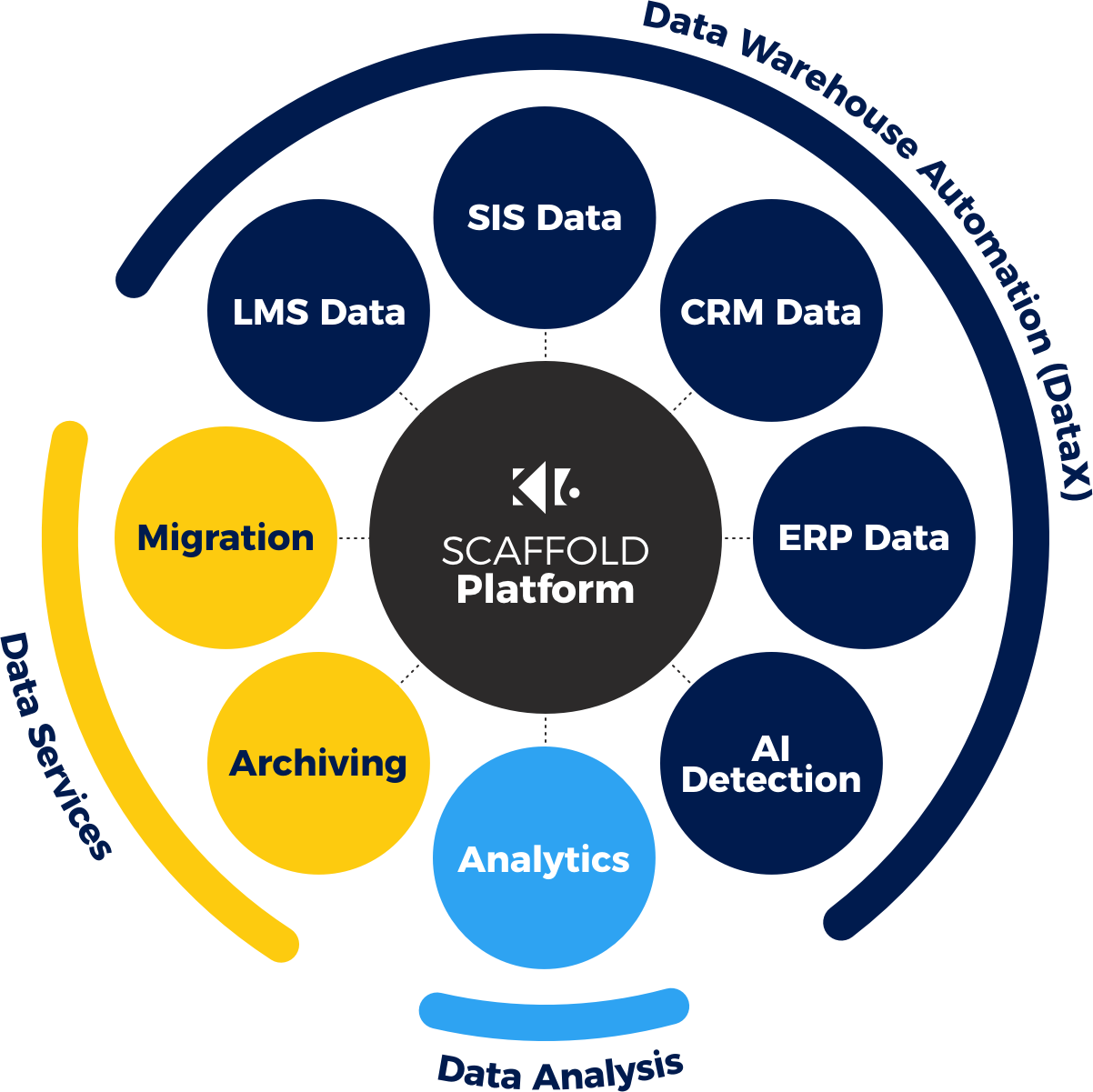
By The Numbers
We've helped institutions across the globe solve some of their biggest data challenges, and we're ready to help you.
Latest News
Stay updated with the latest developments and insights from K16 Solutions
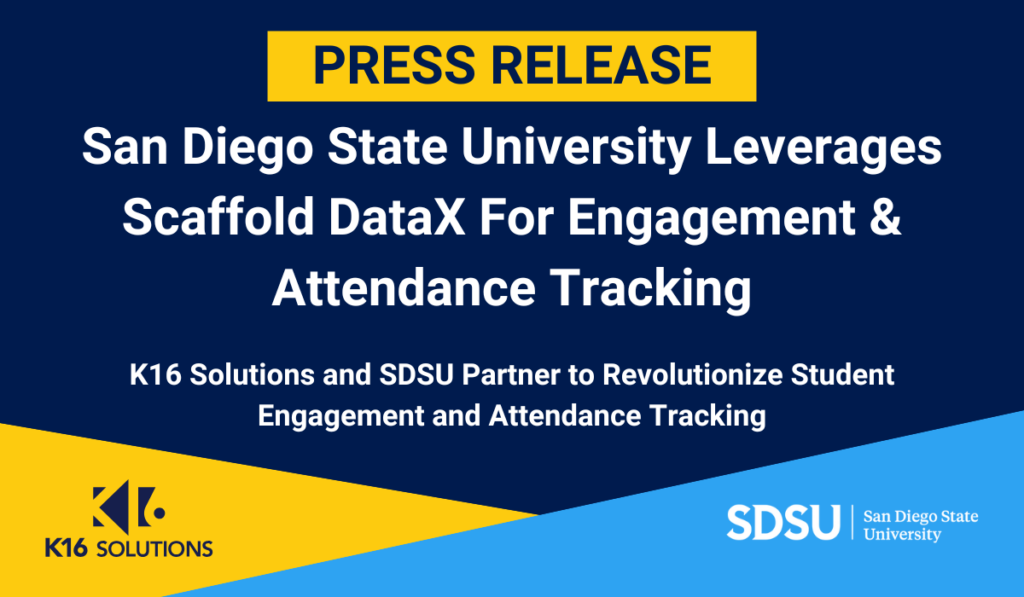
San Diego State Improves Student Engagement and Attendance Tracking with Scaffold DataX by K16 Solutions
Trusted by Leading Institutions
Join hundreds of educational institutions that have transformed their data management with K16 Solutions.
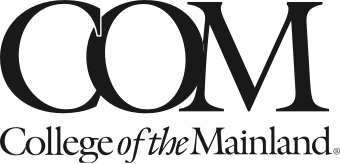

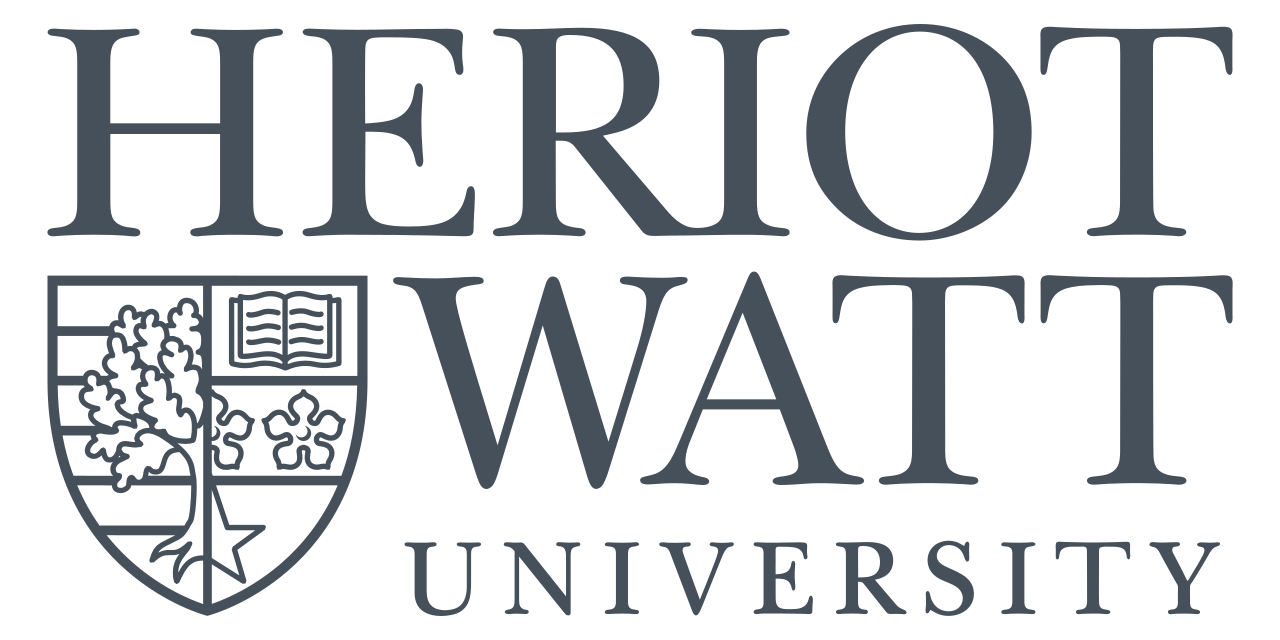
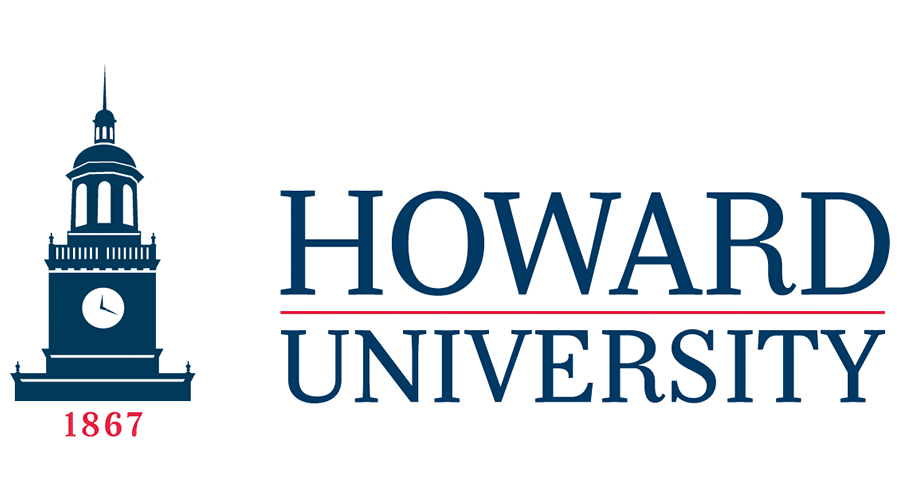








What Our Customers Say
Hear from educational institutions that have transformed their data management with K16 Solutions.
"With K16 Solutions, once the video file migration with Kaltura was complete and the content was there for K16 Solutions, they moved it. Immediately. In one day. The first time I learned about what K16 Solutions could do, I didn’t believe it – I thought it was too good to be true, but my skepticism turned out not to be warranted."

Kevin Downum
Director of Academic Technology, Arkansas State University
"Archiving by K16 Solutions was much faster than cold storage. It's easier to retrieve what you need, whether it’s content or student data; it’s great to have backups of backups. We’ve had a really good experience with having Scaffold Archiving as our archiving system–it’s so helpful."

Dr. Andrea Gilbert
Asst Director of Virtual Campus, Monroe Community College
"Scaffold DataX perfectly aligns with our mission to leverage technology to enhance our academic offerings and administrative efficiency. We are confident that the significant improvements in our data handling capabilities will lead to better outcomes across our student, staff, and faculty stakeholder groups."

Rick Gallot
President, University of the Louisiana System
Stay Updated
Subscribe to our newsletter for the latest updates on educational data management solutions, industry insights, and exclusive content.
By subscribing, you agree to our Privacy Policy and consent to receive updates from K16 Solutions.
What You'll Receive:
- Product updates and new features
- Educational technology insights
- Case studies and success stories
- Exclusive webinar invitations
Ready to Take Control of Your Data?
Schedule a demo today and discover how K16 Solutions can transform your educational data management with our Scaffold Ecosystem.
Schedule a DemoOur Solutions
- Scaffold DataX: Automated Data Warehouse
- Scaffold Migration: Seamless LMS transitions
- Scaffold Archiving: Affordable student data storage
